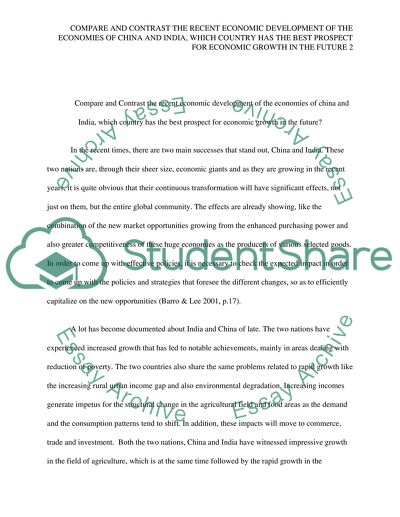Cite this document
(Recent Economic Development of the Economies of China and India Essay, n.d.)
Recent Economic Development of the Economies of China and India Essay. Retrieved from https://studentshare.org/macro-microeconomics/1455655-contract-and-contrast-the-recent-economic
Recent Economic Development of the Economies of China and India Essay. Retrieved from https://studentshare.org/macro-microeconomics/1455655-contract-and-contrast-the-recent-economic
(Recent Economic Development of the Economies of China and India Essay)
Recent Economic Development of the Economies of China and India Essay. https://studentshare.org/macro-microeconomics/1455655-contract-and-contrast-the-recent-economic.
Recent Economic Development of the Economies of China and India Essay. https://studentshare.org/macro-microeconomics/1455655-contract-and-contrast-the-recent-economic.
“Recent Economic Development of the Economies of China and India Essay”, n.d. https://studentshare.org/macro-microeconomics/1455655-contract-and-contrast-the-recent-economic.


